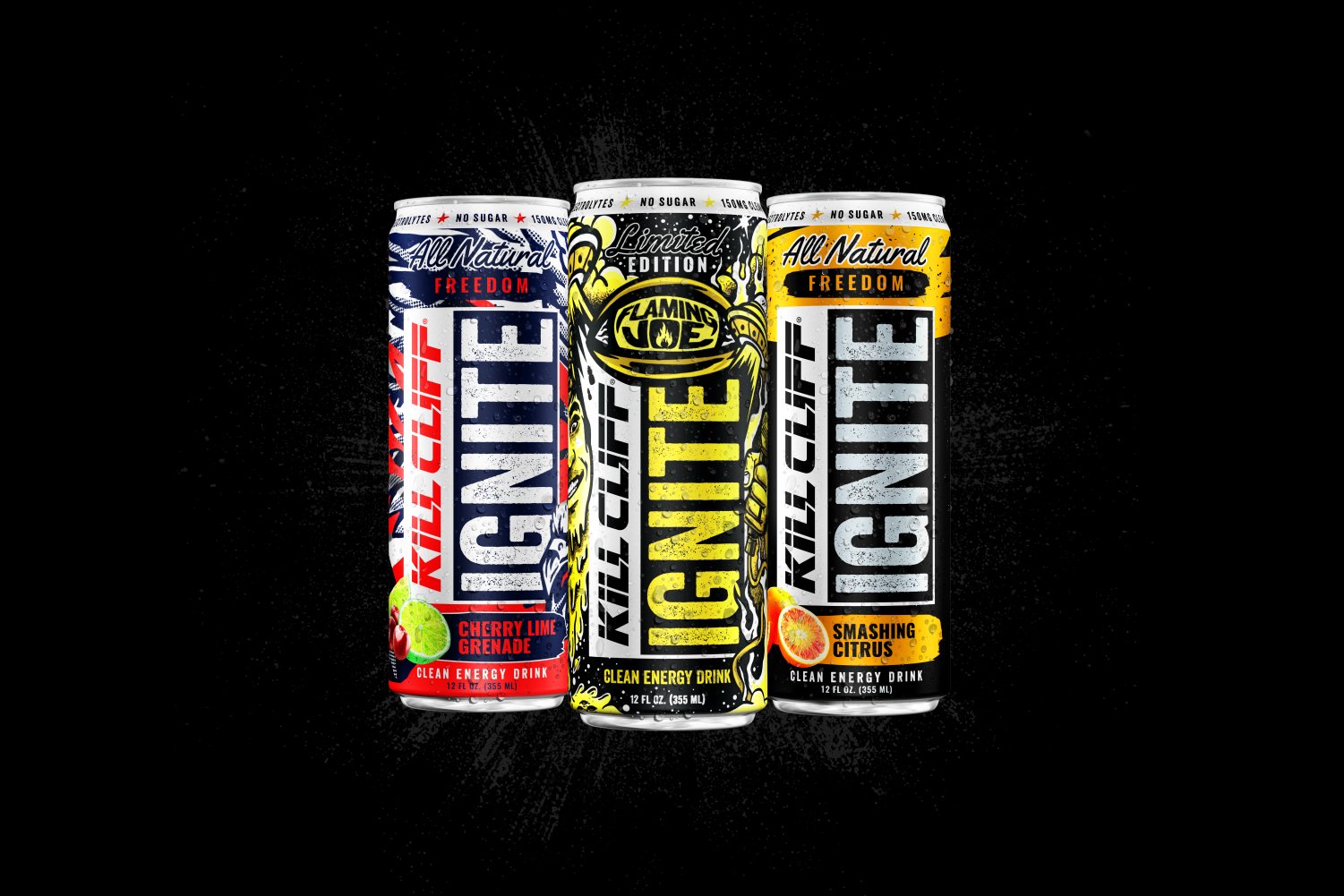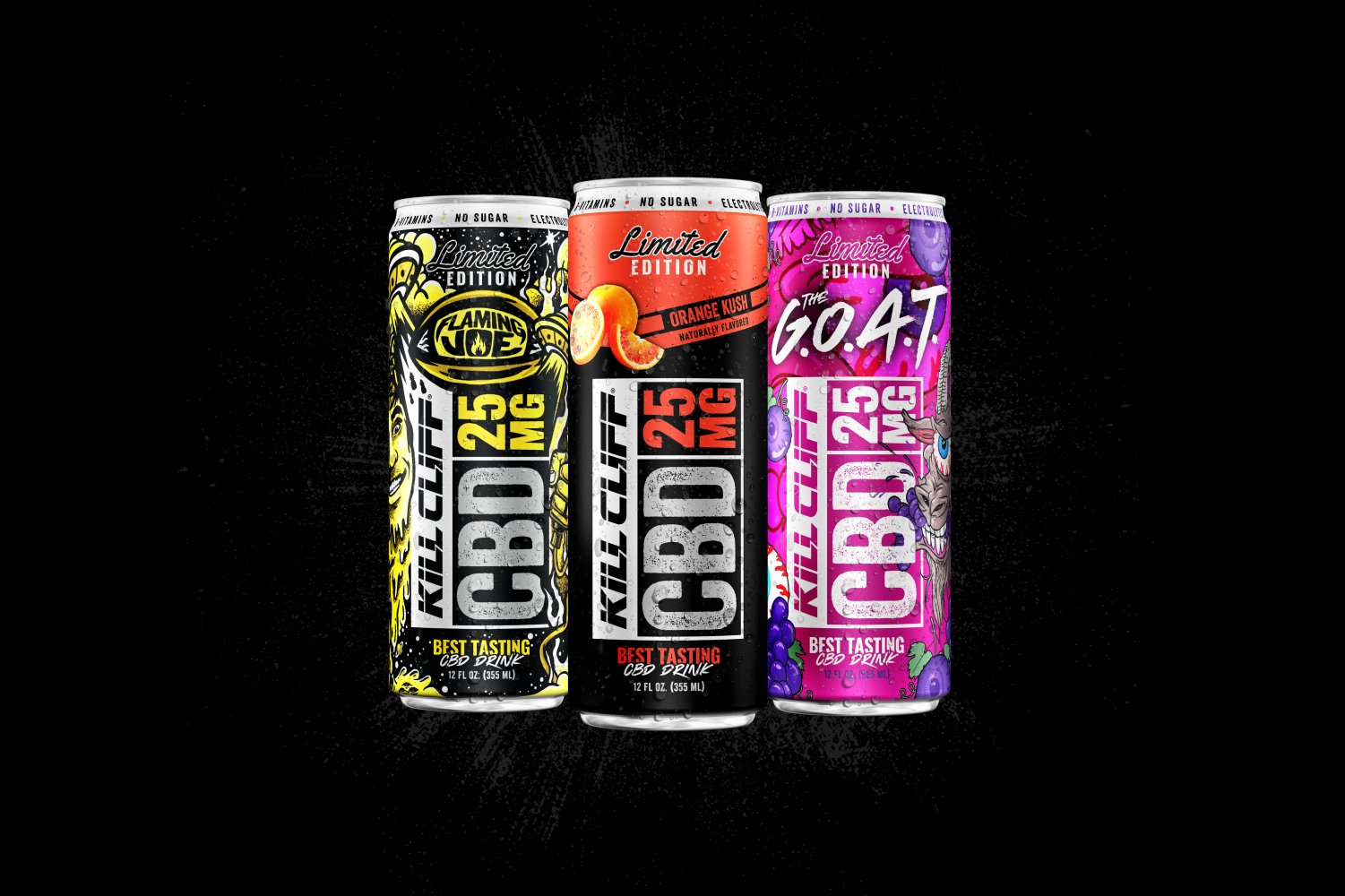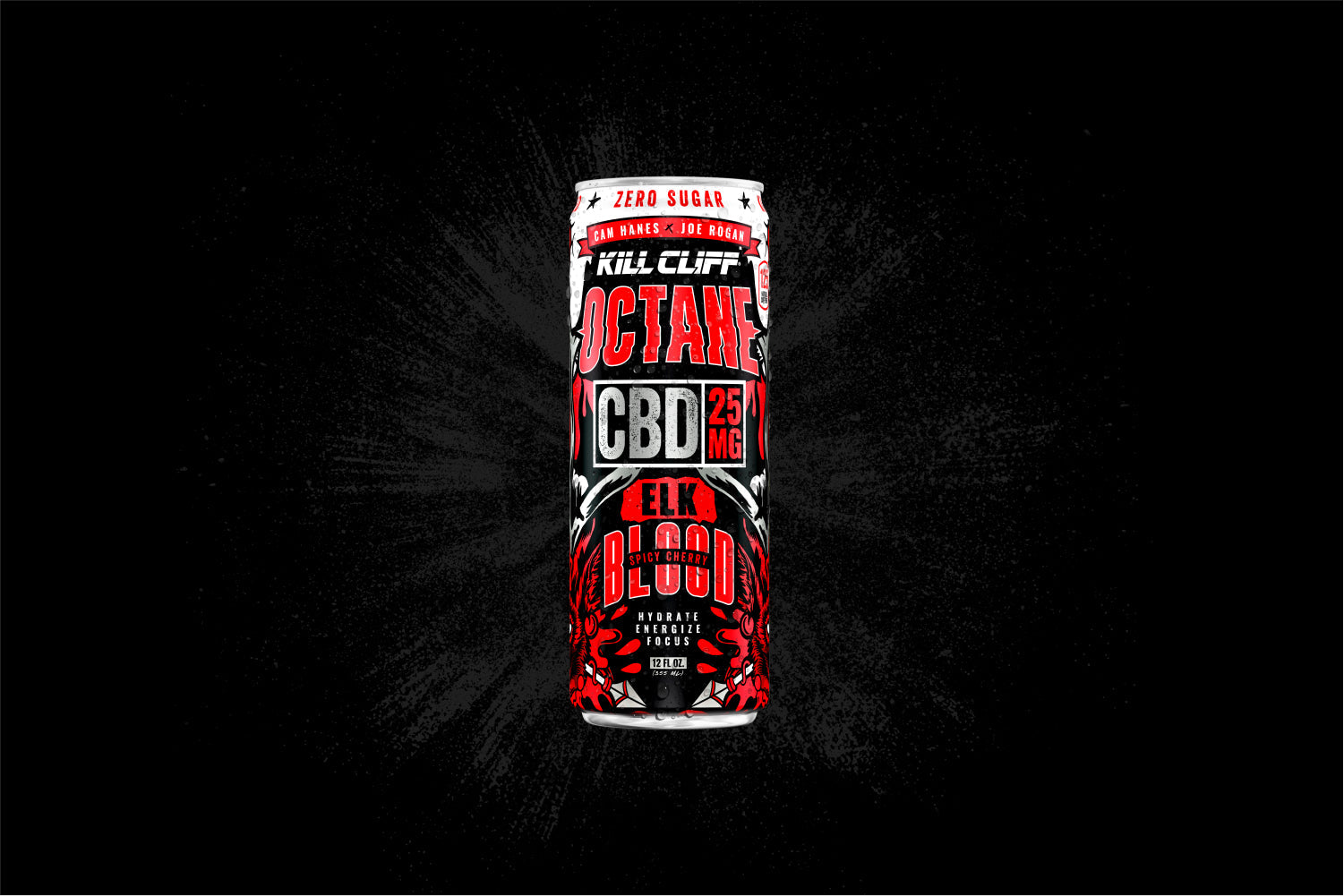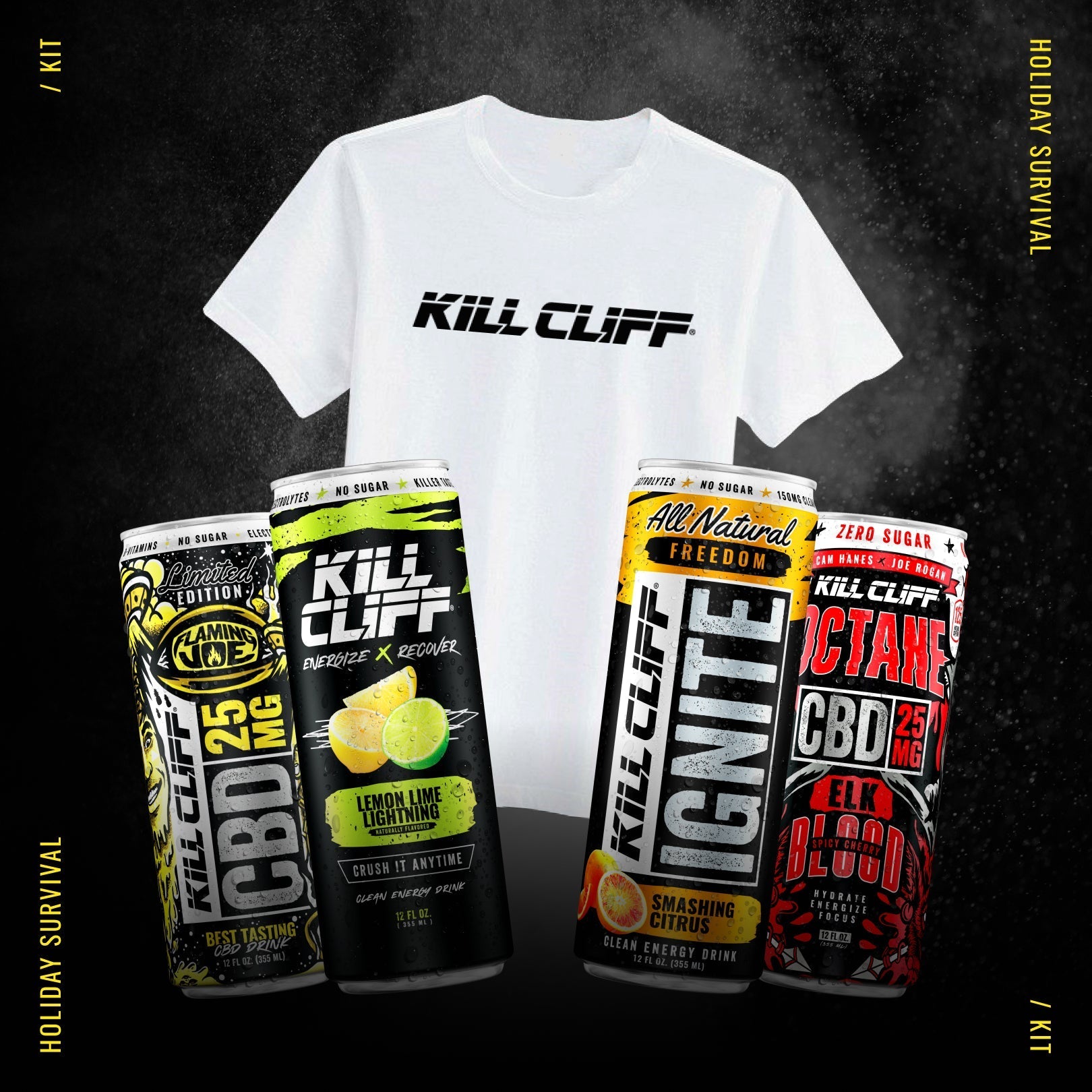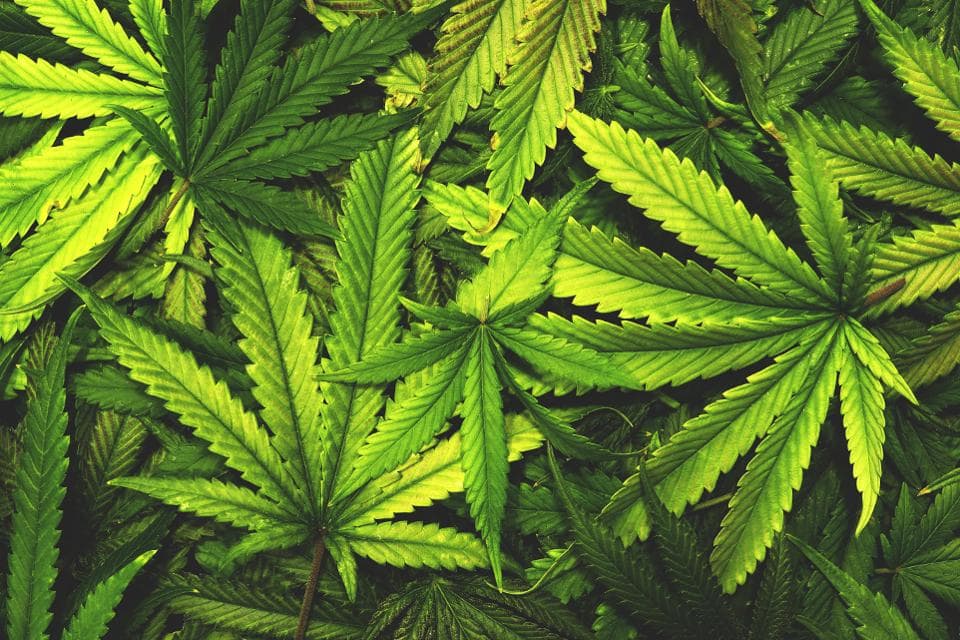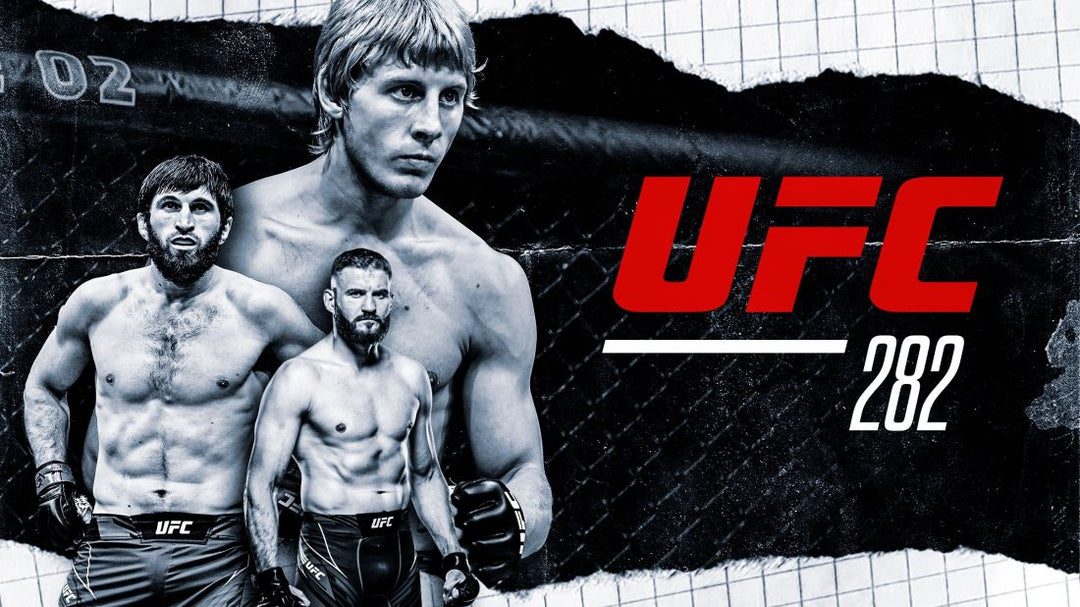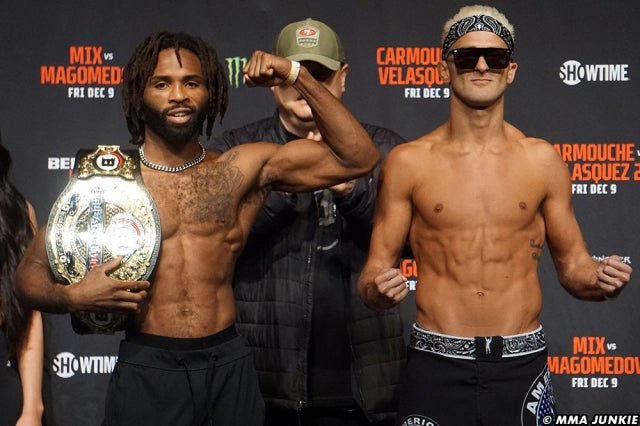We’re all too happy to say it, but CBD is here to stay. It’s growing popularity is due to evidence that suggests some people—as well as researchers and medical professionals—have found it helpful in relieving a wide and growing number of modern inconveniences, from stress and inflammation to depression and even acne.
Because its legal use is growing across the country, consumers are increasingly exposed to different options—and that leads to confusion in the marketplace.
Is CBD Also THC?
Here’s a quick refresher if you aren’t familiar with the active ingredient: CBD is a natural compound found in the cannabis or hemp plant but is not to be confused with THC (Tetrahydrocannabinol), the compound in marijuana that makes you feel high. CBD is not that.
In addition to pain and stress, some people use CBD to reduce inflammation, improve sleep or reduce seizures in people with epilepsy.
CBD is sold in a variety of forms ranging from gels, gummies, oils, drinks such as Kill Cliff’s line of tasty and clean CBD beverages, and more (including bath bombs and dog treats).
The ABCs of CBD
There’s a lot more to CBD than people realize, starting with the fact that there are different kinds of CBD concentrations. Take notes, this will be on the exam: Full-spectrum, CBD isolate, and broad-spectrum.
We’re going to dive into each kind so you can arm yourself with the knowledge to make the best decisions for your needs.
- The first extract is called CBD isolate, which is the purest form of extracted CBD. It’s doesn’t contain THC or other cannabinoids, terpenes, or other plant compounds. It’s created through additional solvent processes after distillation. It doesn’t have an odor or taste and is highly processed, as you can imagine. A 2015 study suggested that people may have to take much higher doses of CBD isolate to get pain relief compared to taking other forms of CBD.
- Full-spectrum CBD is not as refined as CBD isolate and contains up to 0.3% THC. The maximum amount of helpful native phytochemicals is retained during extraction, including that dang THC. It’s the most natural form of CBD because it undergoes less processing. Full spectrum extracts tend to be darker in color and their flavors can be described as earthy and vegetal.
- Broad-spectrum CBD contains almost every compound found in the cannabis plant—except THC. Products with broad-spectrum CBD may produce heightened beneficial effects because they contain additional compounds that work together. One of these compounds is terpenes, which is used in aromatherapy and can be therapeutic.
CBD and the ‘Entourage Effect’
The “Entourage Effect” is a theory that cannabinoids have more favorable actions when delivered with a higher proportion of native phytochemicals such as terpenes, flavonoids, and other cannabinoids. The term was coined in 1988 by Raphael Mechoulam, the same Israeli scientist who discovered THC.
The Entourage Effect is the reasoning behind extractions that seek to retain as much of the native phytochemical context as possible. Broad-spectrum CBD applies to extractions that aim to retain a large complement of phytochemicals, which allows for the Entourage Effect to occur.
If you’re looking for a health boost from CBD but want to skip the effects of THC, then broad-spectrum is probably your best bet.
Kill Cliff CBD contains 125mg of broad-spectrum hemp extract, meaning the extract uses the entire cannabis Sativa plant. And because it’s broad-spectrum, Kill Cliff CBD contains 0% THC and is non-psychoactive. We test our product through a third party laboratory to make sure everything is in line with federal regulations, so you can enjoy our various delicious flavors without a worry.
Refuel and get your body back on track with electrolytes, B-vitamins, no sugar, and killer taste.
Real Science + Killer Taste = Kill Cliff CBD. Enjoy.
—Nicole Gaddie

